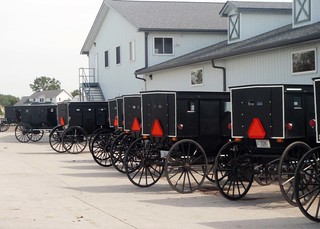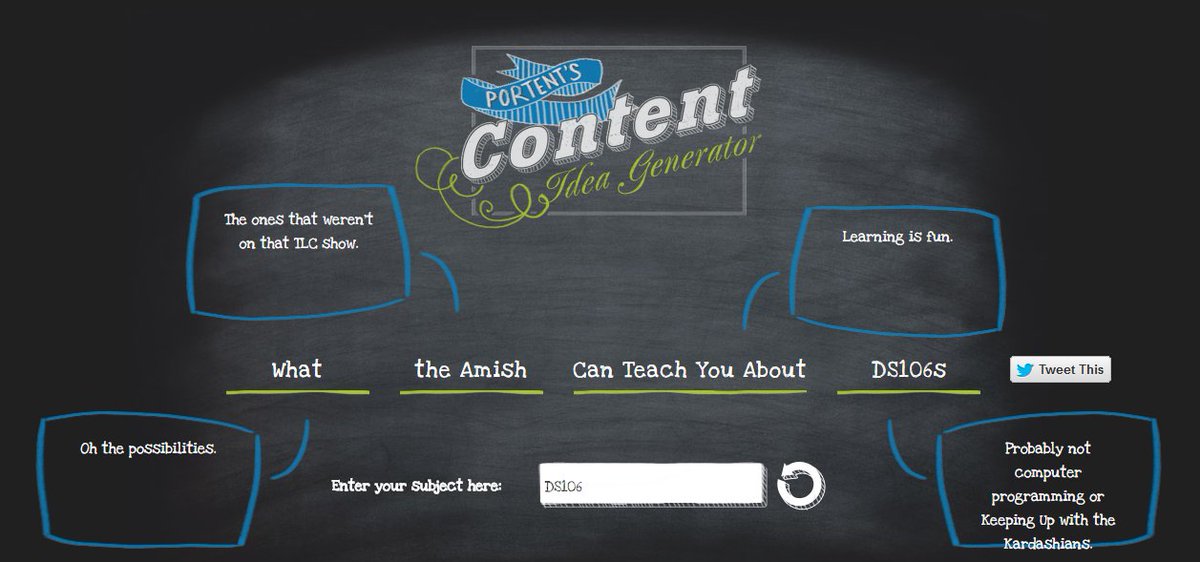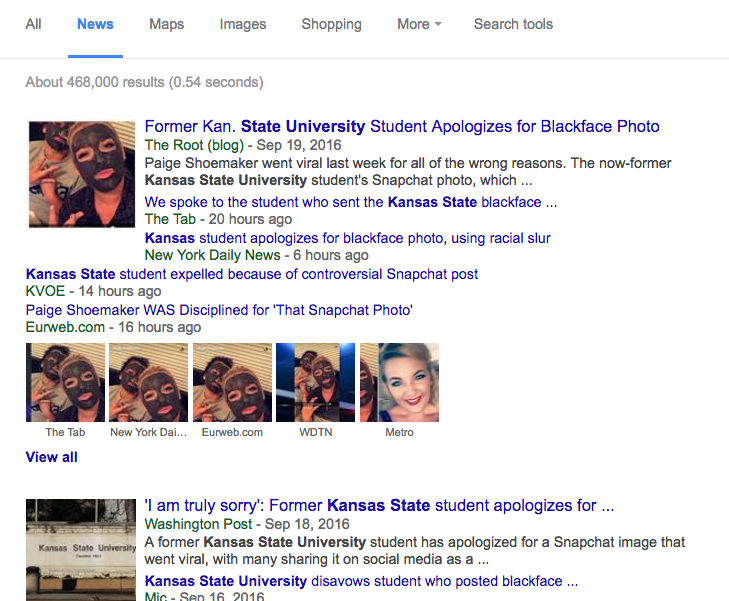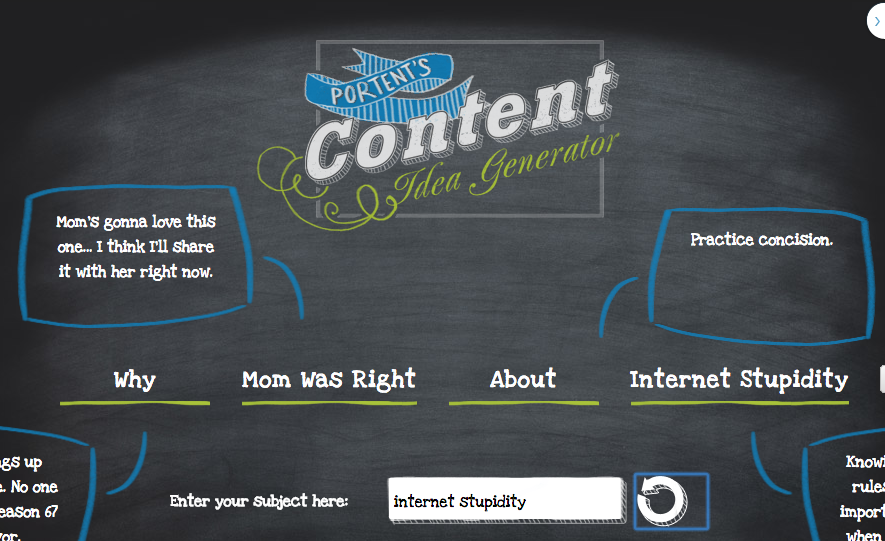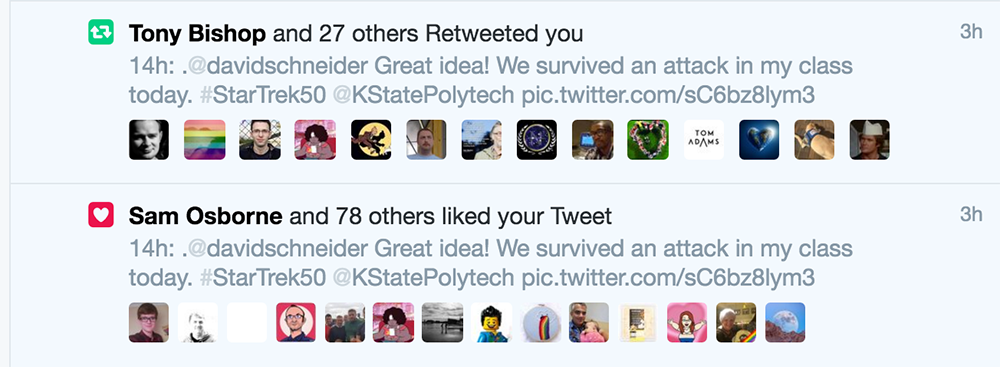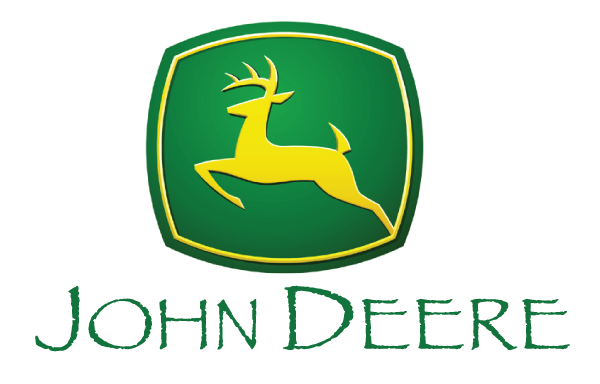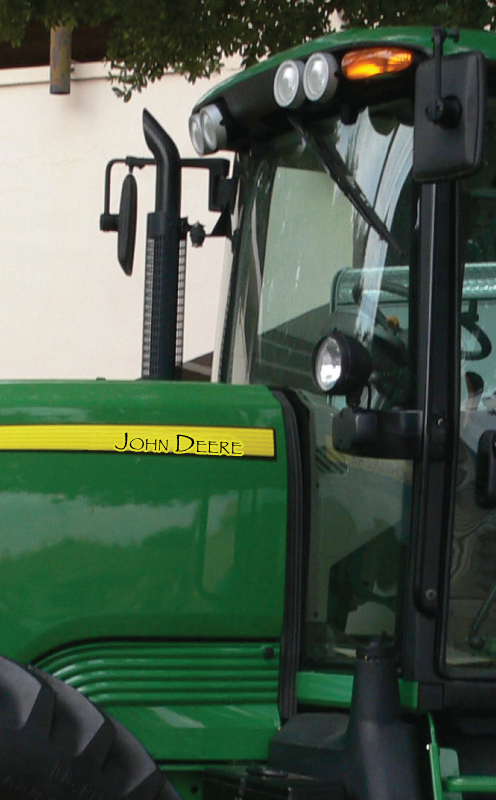Daily Create is a daily exercise in creativity. Each day, a new challenge is shared and we have 24 hours to respond. I usually ask my digital media students to complete at least 3 of these per week. Lately I have been making a few each week myself. Daily Create is a part of the DS106 Open Course on digital literacies, and it can be viewed at http://daily.ds106.us/.
Here are some of the recent Daily Creates I have made:
@ds106dc #tdc1726 Old time farm equipment in an old time photo. #ds106 pic.twitter.com/yyiwpAcLgV
— Bill Genereux (@billgx) September 29, 2016
For this first one, I simply used a photo I had on hand from a trip to my aunt’s farm and uploaded it to the Japanese old photo generator website recommended in the assignment.
.@ds106dc Safety Poster: Outside Is Dangerous. Stay Inside. #tdc1723 #ds106 #dailycreate #ksudigme pic.twitter.com/CZg4sD7fFs
— Bill Genereux (@billgx) September 26, 2016
For this one, I just looked through the various safety posters the assignment mentioned and picked one out. I used Photoshop to remove the old text with the healing brush. I then picked an appropriate typeface and put in my silly admonition about how going outside can be dangerous.
Today’s Daily Create – Go to another planet. @ds106dc #tdc1715 #ds106 #ksudigme pic.twitter.com/aPikybppFe
— Bill Genereux (@billgx) September 18, 2016
For this one, I took a photograph I had of myself and my dog Daisy, and I removed the background from it using Photoshop. I normally use the pen tool to create a working path, then use the path to make a selection. I use the pen tool because it gives such fine control over the selection. I used to try to use the lasso tool and other methods, but for me the pen tool is best. In another layer, I added the Forbidden Planet scene and put it in the background.
Music for @cogdog and his doggie pals. https://t.co/GWLEF3EfM2 #tdc1713 @ds106dc #ds106 pic.twitter.com/NwLa0usssG
— Bill Genereux (@billgx) September 16, 2016
For this one, I downloaded and printed the music staff as advised in the Daily Create assignment. I used a marker to draw dog paws on the staff. I was trying to make it look like the dog was playing Jingle Bells. I also linked to that dog barking Jingle Bells song.
